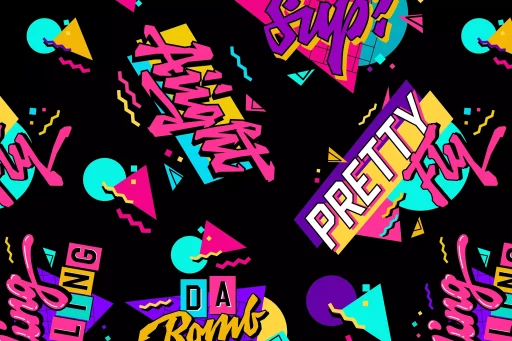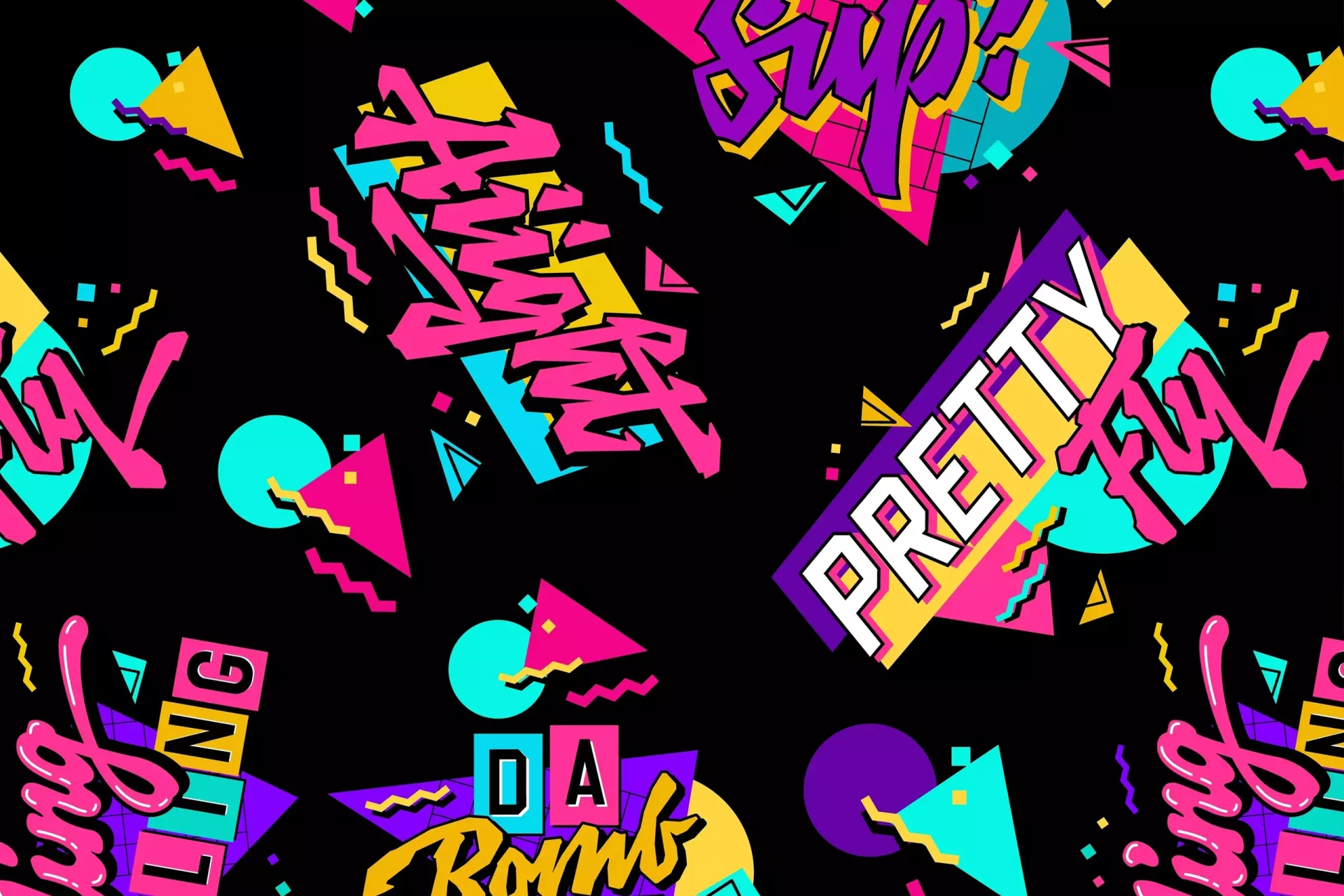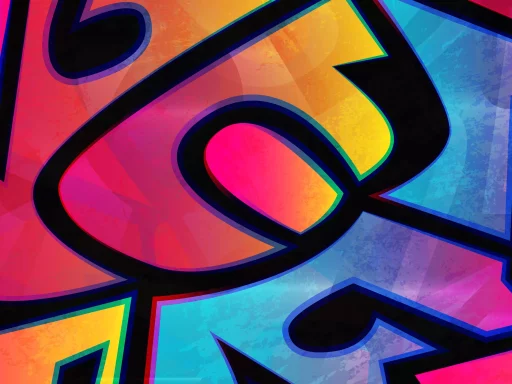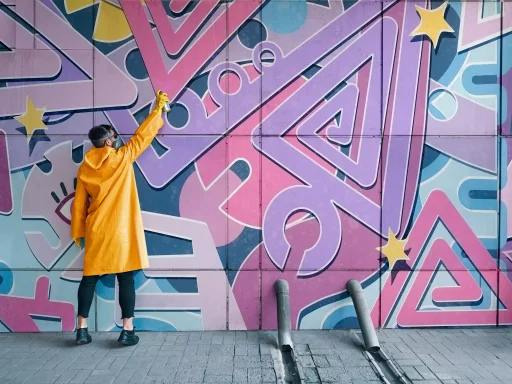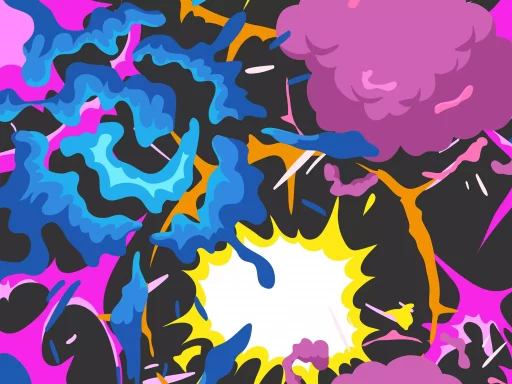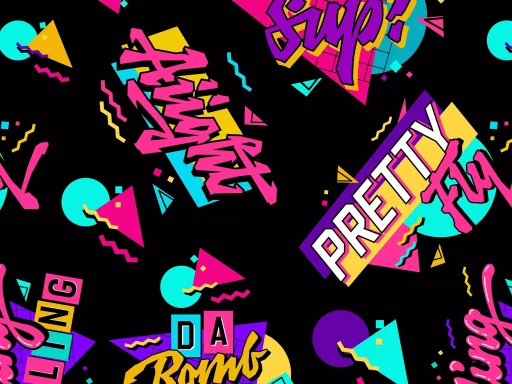Introduction to Skateboard Slang
Skateboarding is more than a sport; it’s a culture, a lifestyle, and a language all its own. At the heart of this vibrant subculture lies skateboard slang—a unique lexicon that has evolved over the decades. This article will delve into the fascinating world of skateboard slang, elucidating its history, examples, and significance in the skateboarding community.
The Evolution of Skateboard Slang
Skateboard slang has its roots in the Southern California skate scene of the 1970s. As the sport blossomed, skaters began to develop their own vocabulary, influenced by surf culture, punk music, and street art. This lexicon helped to establish a sense of identity and camaraderie among skaters.
- 1970s: Skaters referenced surfing terms, coining phrases like “gnarly” and “stoked.”
- 1980s: With the rise of skate videos, new terminologies such as “ollie” and “kickflip” became mainstream.
- 1990s and beyond: Modern slang has incorporated elements from technology, music, and even gaming, reflecting evolving youth culture.
Common Skateboard Slang Terms
Tricks and Techniques
Understanding skateboard slang often means grasping the names of tricks and techniques. Here are some common terms:
- Ollie: A foundational trick where the rider leaps into the air with the board.
- Kickflip: An ollie combined with a flip of the board using the toes.
- Grind: Riding along the edge of a rail or ledge with the board.
- Fakie: Riding with the back foot leading.
- Noseblunt Slide: A trick where the front of the board slides along an edge.
General Skate Culture
Skateboarding has its own culture that extends beyond tricks. Here are some terms associated with this culture:
- Gnarly: Originally a surfing term, now denotes something extreme or intense.
- Stoked: Feeling excited or thrilled.
- Skater’s Paradise: A location, often a skatepark or spot, known for great skating opportunities.
- Deck: The board itself.
- Grom: A young or inexperienced skateboarder.
The Importance of Skateboard Slang
Skateboard slang serves several important functions within the community:
- Identity: The use of slang fosters a sense of belonging among skaters.
- Communication: It enables quick and effective exchange of ideas about tricks and skating experiences.
- Cultural Continuity: Slang terms help preserve the history and evolution of skate culture.
Case Studies of Skateboard Slang in Media
Impact of Skate Videos
Skate videos have been instrumental in popularizing skateboard slang. For example, the iconic “Tony Hawk’s Boom Boom Huck Jam”, showcased various tricks and introduced audiences to terms like “slam” (a bad fall) and “manual” (balancing on two wheels). These videos not only elevated the sport but also enriched its vocabulary.
Social Media Influence
With platforms like Instagram and TikTok, skateboard slang has further spread. Hashtags like #skatelife and #tricktips not only showcase content but also introduce slang to millions of viewers. Statistics show that videos tagged with skate slang often receive higher engagement, suggesting that terminology resonates with audiences:
- 65%: Increase in engagement when using skateboard slang.
- 75%: Skaters aged 18-35 are more likely to understand the slang than older generations.
Conclusion: Embracing Skateboard Slang
Skateboard slang is more than just catchy phrases; it’s a dynamic language that encapsulates the essence of skate culture. Whether you’re a seasoned skater or just starting, understanding this slang helps you connect with the community. So, next time you hear someone say they’re “stoked” about landing a “kickflip,” you’ll know exactly what they mean!
